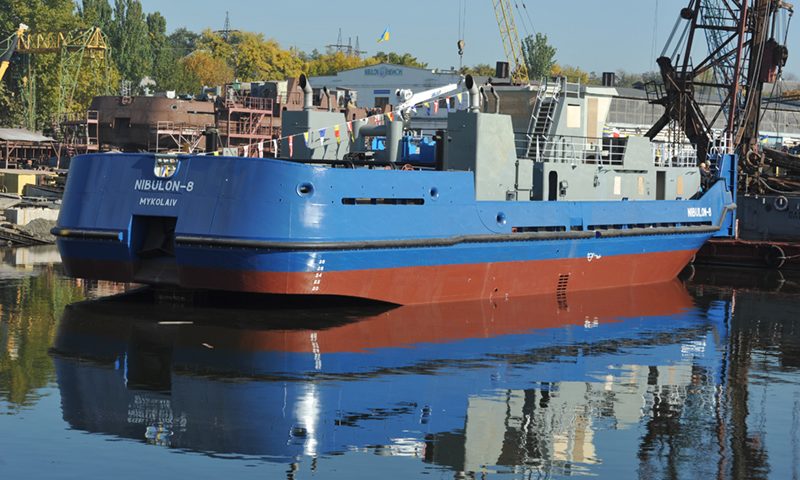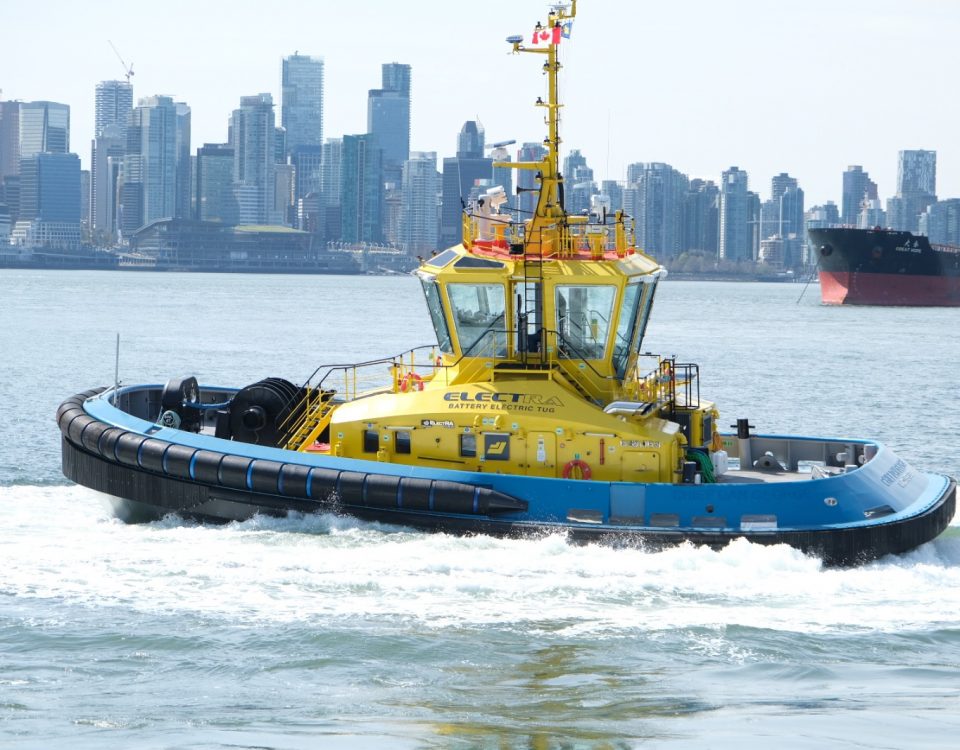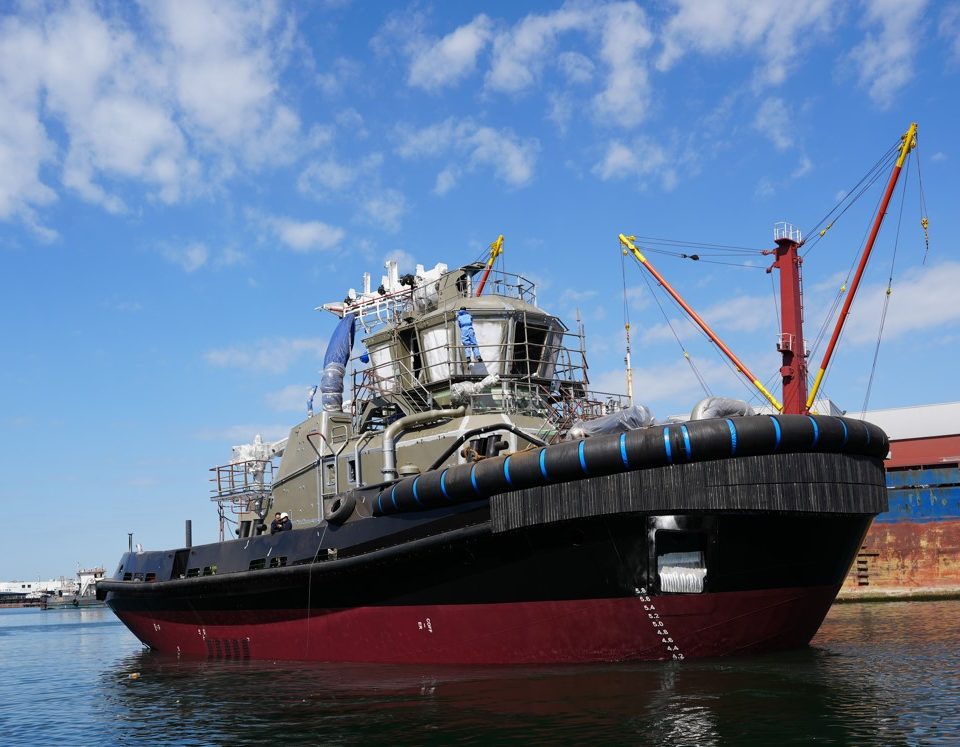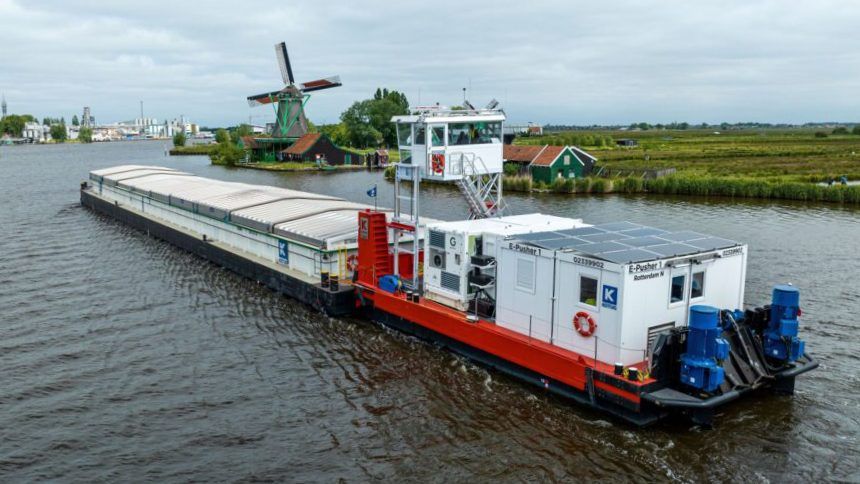This website uses cookies so that we can provide you with the best user experience possible. Cookie information is stored in your browser and performs functions such as recognising you when you return to our website and helping our team to understand which sections of the website you find most interesting and useful.
NIBULON Shipbuilding and Repair Yard Launched the POSS-115 Project Tug

Damen Shipyards Group and Abu Dhabi Ports sign contract for two Damen ASD Tugs 2411
18/10/2018
Four new Z-Tech® 4500’s for the US Navy
20/10/2018On October 16, NIBULON shipbuilding and repair yard launched NIBULON-8 tug of the POSS-115 project.
NIBULON’s General Director Oleksiy Vadaturskyy and President of Ukraine Petro Poroshenko keel-laid the tug on May 23, 2018 during solemnities on the occasion of the largest international exhibitions “Shipbuilding-2018” and “Water Transport” opening.
The first vessel out of four vessels of the POSS-115 project envisaged by the shipbuilding program for 2018-2019 was launched without solemnities, as the large-scale reconstruction at NIBULON’s shipyard is being continued at the same time with fleet construction. Anastasiia Tkachenko, a young crane operator and the vessel’s godmother, symbolically broke a champagne bottle against the vessel’s side.
The POSS-115 project tugs have the following technical particulars: length – 37.2 m, draught – 2.54 m, capacity – 1,320 kW, speed – 11 knots. They are equipped with modern equipment produced by the leading manufacturers from the Netherlands, Germany, Sweden, Denmark, Poland and others. Their main purpose is to escort convoys of non-self-propelled vessels along the Dnipro River and the Buh-Dnipro-Lyman Canal.
It should be noted that NIBULON’s towing fleet already has six vessels of the given project. Two of them, NIBULON-5 and NIBULON-6, were the first orders of NIBULON shipbuilding and repair yard and they were launched in 2014.
Thus, six orders at NIBULON shipbuilding and repair yard are at different stages of readiness, including three more POSS-115 project tugs and a 140-m high-capacity floating vessel with two cranes. The slipway reconstruction is being performed in order to launch the vessel. To date, NIBULON’s fleet numbers 70 vessels. The company actively uses its fleet while redirecting cargoes to water transport, thereby reducing traffic load on the Ukrainian roads.





